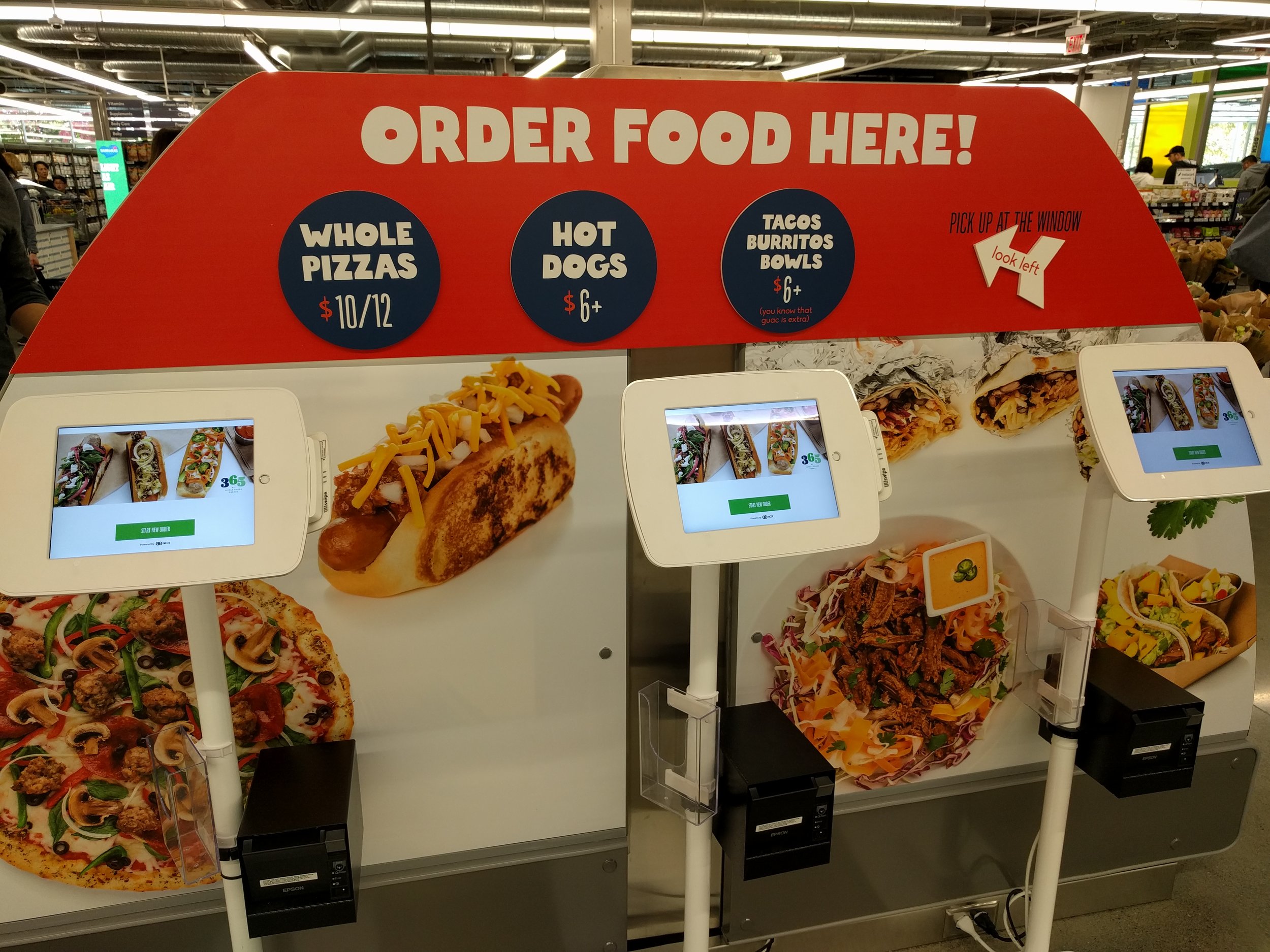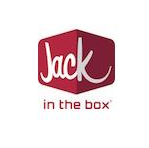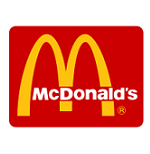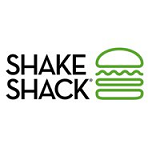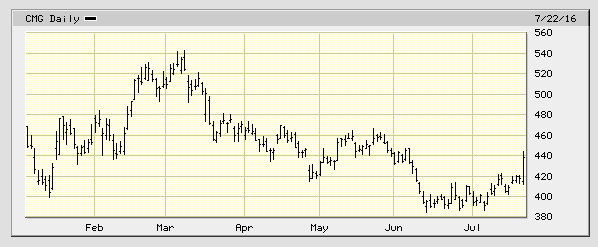With the U.S. stock market having rallied 5% since Election Day, many investors are very enthusiastic about President-Elect Trump’s clear agenda of filling his Cabinet with wealthy business people who will be tasked with creating an optimal business environment for American companies. Slashing regulations, cutting corporate tax rates, and incentivizing profits earned overseas to be repatriated back to the U.S. will certainly put a jolt into Corporate America. Perhaps even more crucial to the recent stock market rally is the fact that infrastructure spending and corporate tax cuts are likely to be funded with additional borrowings by the federal government. As a result, we have seen a steep increase in interest rates over the last month, which has led many traders to sell bonds and reallocate that capital into stocks.
But after that asset reallocation is over, then what? Count me as skeptical that this market rally will continue for the next four years. I see two main headwinds that are likely to creep into the picture beginning in 2017; lofty legislative expectations for the Republican-controlled Congress and elevated stock market valuations.
First, there is likely to be a gap between what legislation is actually passed in 2017 and the “best-case scenario” that stocks seem to be banking on today. Dreams of a $1 trillion infrastructure spending program coupled with large personal tax cuts, as well as a reduction in the corporate tax rate from 35% all the way down to 15%, will cost a lot of money. As in trillions of dollars. Where does this money come from?
President Obama has been able to reduce the federal government’s annual budget deficit by more than 50% since he took office, but the U.S. is still spending more than half a trillion dollars more each year than it is bringing in from taxes. There are likely many Republicans who are concerned enough about our country’s finances that they would be unwilling to vote for a material increase in the budget deficit. In that scenario, $1 trillion of spend on infrastructure spending does not work. Corporate tax rates fall to 20-25% instead of 15%, and large personal tax cuts become quite small (remember George W Bush’s $300 per person tax cut in 2001?). A more subdued legislative result would limit the rush of cash into personal and corporate pockets that many are hoping for. Simply put, expectations might be too high.
Even more concerning for the stock market are current valuations. Right now the S&P 500 index trades for roughly 20.5 times estimated earnings for calendar year 2016. The average trailing 12 month price-earnings multiple over the last 50 years is 16 times. Market bulls are quick to point out that interest rates are sitting at below average levels, so stocks deserve to trade at above-average prices. That may be true, but interest rates are on the rise and over the last five years, as interest rates reached record low levels, the S&P 500 index traded between 15 and 20 times trailing earnings. As interest rates rise, stock valuation multiples should go down, not up.
This chart shows year-end price-earnings ratios for the S&P 500 index going back more than 50 years. To smooth out the downward volatility seen during recessions, I used “peak earnings” (highest ever recorded) as opposed to “current earnings” (trailing 12 months). The consensus for 2016 earnings is to get within ~3% of the profit peak, which was in 2014 before oil’s big drop.
Simply put, price-earnings ratios are likely to trend downward over the next few years. In order for stock prices to continue their march higher, corporate profits would really need to grow quickly. If legislative action on that front disappoints in 2017, the current market optimism could very well die down quickly. Normally, Trump’s election could very well have marked the beginning of a prolonged bull market in stocks, due to his desire to put business leaders in powerful positions (the underlying assumption being that these folks will be more friendly to business than any other constituency). The big headwind to that theory this time around is that during President Obama’s two terms in office, the Dow Jones Industrial Average has soared from below 8,000 to over 19,000. As a result, the old adage that “trees don’t grow to the sky” seems particularly relevant, no matter the legislative agenda.
That is not to say that markets are going to reverse course and move dramatically lower. I think a more likely outcome is that P/E ratios move from 20-21x to 16-18x and corporate profits grow at a 5-10% annual clip. In that scenario (7.5% annual profit growth and a 17x P/E), the S&P 500 index in four years would be trading around 2,475, or roughly 10% above current levels. Not a terrible outcome, but hardly robust either.












